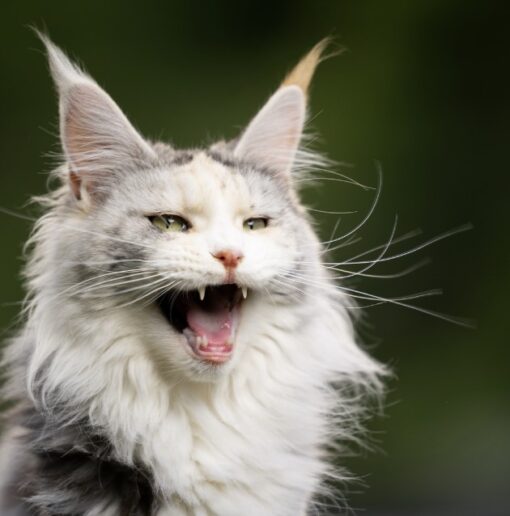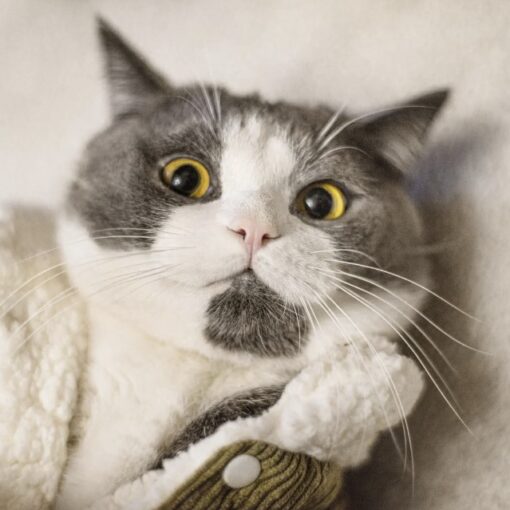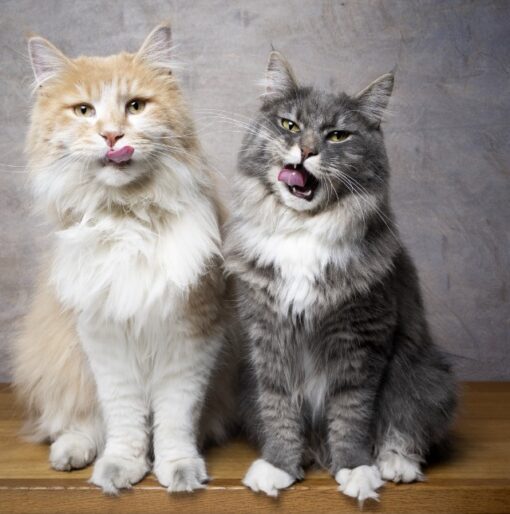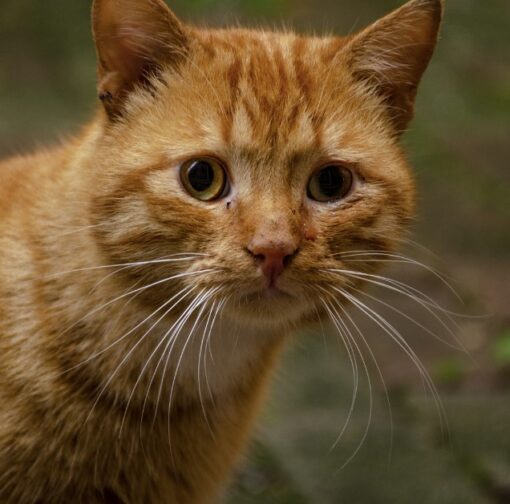
Do cats have metaphysical powers?
October 2, 2025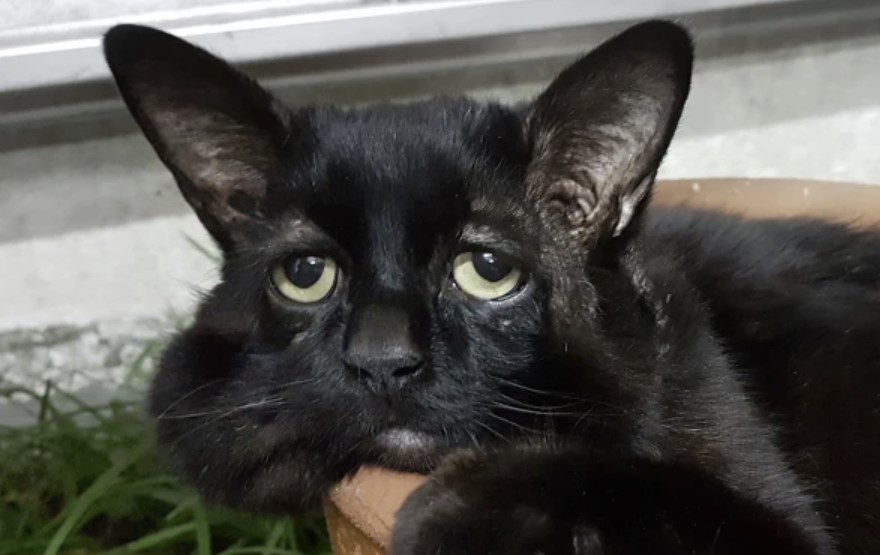
Rescue cat Sushi may look so sad, but he’s actually not!
October 4, 20258 facts about cat whiskers that will surprise you!

We cannot decide whether cats are cute because of their whiskers or whiskers are cute because we love cats! But, one thing is for sure: They make an adorable combination!
Here are some amazing facts about cat whiskers that will most definitely surprise you:
Cats Have a Set Number of Mystacial Whiskers
Cats typically have 24 mystacial whiskers — 12 on each cheek, arranged in four horizontal rows of three. These are the longest of the facial vibrissae, and while some cats can have more than 24, the total number should always be even.
It’s important that the whiskers are distributed symmetrically on either side of its face so that the cat can get an accurate read of its environment.
RELATED: Rescue cat Sushi may look so sad, but he’s actually not!
They Are Sensitive
Unlike human hair, a cat’s whiskers are deeply embedded and connected to the nervous system. The tips of these keratin threads are equipped with sensory organs called proprioceptors that send messages to the brain and help the cat determine an object’s distance, direction, and even surface texture. They’re akin to a human’s sense of smell or vision, and this is why a cat’s whiskers should never be cut.
Cats Can Have Whisker Stress
A cat’s whiskers are so sensitive, in fact, that if it’s required to use a narrow food or water bowl, the pressure to its tactile hairs can cause what is known as “whisker stress.” This kind of fatigue is often a result of the cat’s whiskers bumping up against the sides of its dish. If your cat is scooping food out with its paw or knocking food on the floor to eat, consider getting a wider bowl.
RELATED: Cats’ drinking water habits
Whisker Size Corresponds to the Size of the Cat
A cat’s whiskers are proportionate to the width of its body (hair included); it uses them to know whether or not it can fit through narrow spaces. In general, the chubbier or fluffier a cat is, the longer its whiskers. A Maine coon cat — the largest domesticated cat breed — may have six-inch-long whiskers, whereas the almost hairless Cornish Rex’s are typically extremely short and curly.
RELATED: Richie, a truly exceptional Main Coon
Leg Whiskers Help With Hunting
If a cat uses its facial whiskers for sizing up spaces and detecting objects, then what does it use leg whiskers for? The sensory tendrils located at the back of its front legs, on the undersides of its wrists, are called carpal whiskers; they help the cat climb trees and kill prey. When they’re holding a mouse, say, in their front paws, those whiskers let the cat know whether its catch is still moving (because they can’t see well up close) and whether it’s in a position favorable to delivering a fatal bite.
RELATED: Towser, the greatest mouser in the history of Scotch whisky
Cats Can Move Them
Each mystacial whisker is connected to a muscle “sling,” which allows the cat to move them independently. Likewise, large muscles surrounding the whiskers are used to move them all as one. The cat may fan out or direct its whiskers forward when hunting or yawning. They can be pulled back against a cat’s cheeks, too.
Whiskers Reveal a Cat’s Mood
Relaxed and droopy whiskers that point out to the sides of the cat’s face indicate a content animal, but a cat whose whiskers are pinned back is likely scared, according to the University of Melbourne. A forward position with ears erect and pointing forward may indicate alertness (as is the case with hunting), while a forward whisker position with ears back is usually a sign of aggression.
RELATED: Aggression between housemate cats
They Shed
Whiskers should never be trimmed, but they do go through natural growth, dormancy, and shedding phases, just like fur. Finding a lost whisker around the house now and again is completely normal — they grow back on their own. If you notice a sudden increase in shed whiskers, however, it could mean your cat is suffering from allergies, an infection, trauma, or cat acne (yes, that’s a thing).

